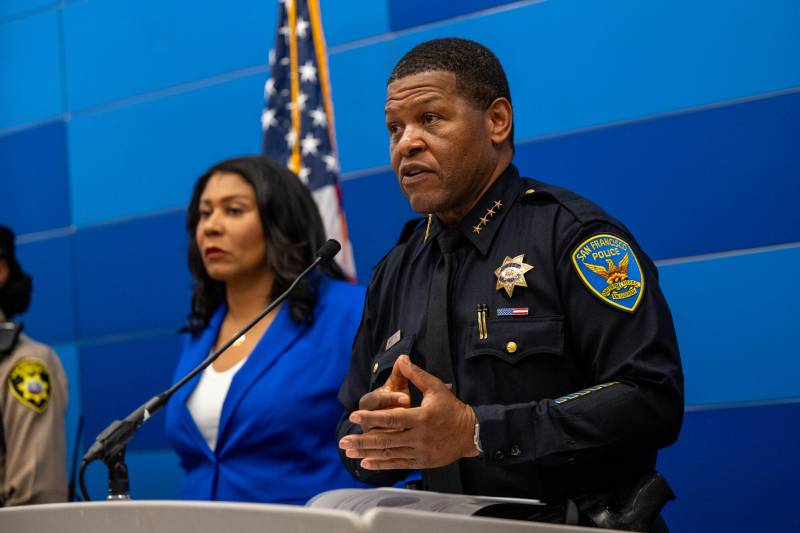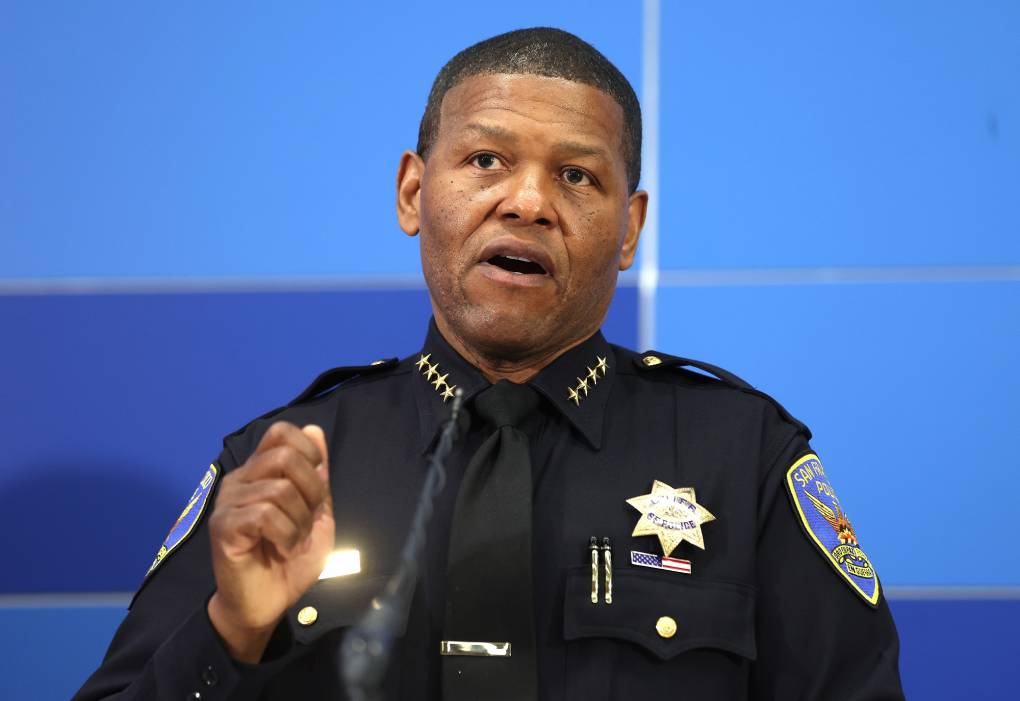You wouldn’t know it from the rhetoric coming out of San Francisco’s highly contentious mayoral race, but homicides in the city are on track to hit their lowest point in more than six decades.
According to San Francisco Police Department data, there have been 24 homicides so far this year, putting the city on pace for about 34 by the end of the year. That would be a 37% decrease from the 54 homicides recorded in 2023 — and the lowest since 1960, when there were 30, according to the San Francisco Chronicle.
The decline is even outpacing a national trend — the average homicide rate across 29 cities in the U.S. was down 13% through June compared with the same time period last year, according to the Council on Criminal Justice.
This statistic, along with double-digit percentage drops in violent and property crimes generally compared to last year, could be seen as a marker of success. Not everyone in San Francisco agrees.
“To consistently tell people crime is down is gaslighting,” Supervisor Ahsha Safaí said during a debate for mayoral candidates hosted by KQED and the Chronicle on Thursday night.


